45 osha secondary container requirements
Labeling small containers | Occupational Safety and Health Administration 1910.1200 (f) (1) OSHA requirements are set by statute, standards and regulations. Our interpretation letters explain these requirements and how they apply to particular circumstances, but they cannot create additional employer obligations. This letter constitutes OSHA's interpretation of the requirements discussed. Secondary container for a specimen. | Occupational Safety and Health ... Secondary container for a specimen. Standard Number: 1910.1030 OSHA requirements are set by statute, standards and regulations. Our interpretation letters explain these requirements and how they apply to particular circumstances, but they cannot create additional employer obligations.
PDF BRIEF - Occupational Safety and Health Administration OSHA's webpage. Hazard Communication Standard: Labels and Pictograms standard also requires the use of a 16-section safety data sheet format, which provides detailed information regarding the chemical. There is a separate OSHA Brief on SDSs that provides information on the new SDS requirements. All hazardous chemicals shipped after June 1,
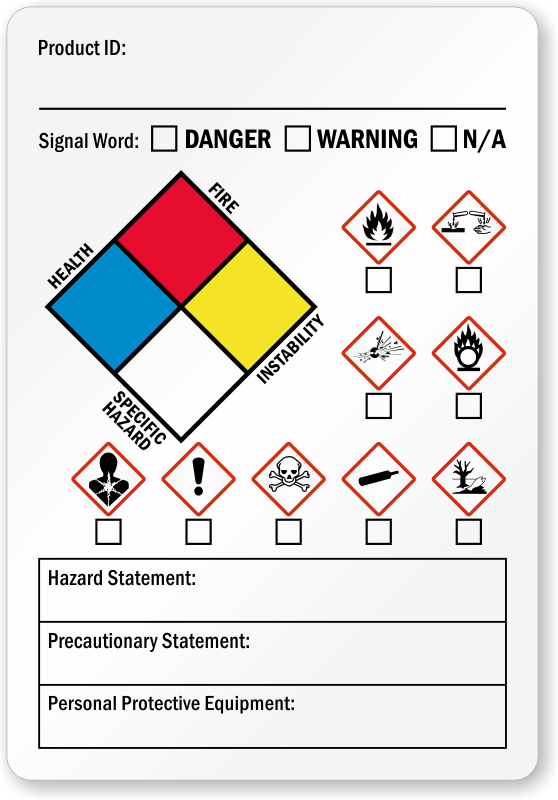
Osha secondary container requirements
Workplace or Secondary Container Labeling - Quality OSHA Training OSHA sees this all of the time, and whatever OSHA sees the most, they cite the most. Remember that. The employer must ensure ... Calculating the Size of Your Secondary Spill Container - Pactec OSHA's requirements are found in CFR 1910.120, and first in order is the spill containment plan. The containment plan must meet OSHA standards, which require the containers used for containment and cleanup meet EPA and OSHA standards. OSHA requires the secondary containment meets the EPA volume requirements. All About Volume Capacity Labeling of Secondary Containers | Occupational Safety and Health ... Labeling of Secondary Containers Standard Number: 1910.1200 (f) (6) (ii) OSHA requirements are set by statute, standards and regulations. Our interpretation letters explain these requirements and how they apply to particular circumstances, but they cannot create additional employer obligations.
Osha secondary container requirements. EPA & OSHA Secondary Containment Requirements - Expert Advice The first thing you need is a basic understanding of what secondary containment is. You also need to understand how your secondary containment needs are tied into the specific Environmental Protection Agency (EPA) or Occupational Safety and Health Administration (OSHA) regulation or regulations that apply to your facility. Secondary Container Labels 101: HazCom and WHMIS - ERA Environmental Secondary Container Labels in the United States. In the US secondary container labels are required when operations in a work-place setting includes the transferring of smaller amounts from the original container to a secondary container such as a beaker, flask, or bottle. These secondary labels need to comply with OSHA's HCS. The standards ... OSHA Chemical Storage Requirements | Polystar Containment OSHA recommends workers follow certain steps to prevent hazards when storing chemicals1: Keep storage areas free from clutter, explosives, and flammable conditions Prevent chemical storage conditions that may encourage rats or pests Place stored materials at least six feet from hoistways and at least 10 feet from exterior walls OSHA Spill Containment Requirements | Legal Beagle Particularly related to the prevention, containment and cleanup of spills, OSHA-required measures include, but are not limited to: Drip pans must be kept under all drum faucets. Drip pans must be kept under all leaks. Large-diameter funnels must be used to transfer liquids into drums. Drum covers must be used to protect the integrity of drums ...
Labeling secondary containers - JJKellerSafety.com What information is required on secondary container labels? If the chemical is going to be used only "in house," then the container is to be labeled in accordance with 1910.1200 (f) (6) . Label it with the product identifier, words, pictures, symbols, or a combination thereof. Osha secondary container labeling requirements Jobs, Ansættelse ... Søg efter jobs der relaterer sig til Osha secondary container labeling requirements, eller ansæt på verdens største freelance-markedsplads med 21m+ jobs. Det er gratis at tilmelde sig og byde på jobs. California Code of Regulations, Title 8, Section 5191. Occupational ... (j) Storage: Store containers of these chemicals only in a ventilated, limited access (48, 227, 229) area in appropriately labeled, unbreakable, chemically resistant, secondary containers (48, 229). (k) Glove boxes: For a negative pressure glove box, ventilation rate must be at least 2 volume changes/hour and pressure at least 0.5 inches of ... What Information Is Required On Secondary Container Labels? - XO Safety While chemical shipping containers must have the full GHS label, OSHA provides employers with a lot of flexibility to create their own secondary container labeling systems. OSHA Requirements for Secondary Container Labels OSHA requires secondary container labels to have the full GHS label, or:
4 Quick Tips to Help You Ace OSHA Secondary Container Labeling OSHA labeling requirements for secondary containers (that do not qualify for exemption) are outlined in HazCom standard 1910.1200 (f) (6) (ii) and summarized listed below. Product Name/Identifier. This should match the product identifier on the safety data sheet. General Hazard Statement. 1915.173 - Drums and containers. | Occupational Safety and Health ... 1915.173 (e) Containers of 55 gallons or more capacity containing flammable or toxic liquid shall be surrounded by dikes or pans which enclose a volume equal to at least 35 percent of the total volume of the containers. 1915.173 (f) Fire extinguishers adequate in number and suitable for the hazard shall be provided. Labeling of secondary containers in laboratories under the Hazard ... The Laboratory standard requires that labels on incoming containers of hazardous chemicals not be removed or defaced, 1910.1450 (h) (1) (i), but does not have a specific labeling requirement for secondary containers of hazardous chemicals in a covered laboratory. GHS Labeling Requirements: The Definitive Guide [2021 Update ... - Luminer The secondary container remains in the possession of the employee who transferred it and within the work area; ... Although keeping up with GHS labeling requirements and OSHA standards can be a barrier when designing your labels, it's a lot easier when you have an experienced printing company by your side. With the newest guidance outlined ...
What Is a Secondary Label and What Makes It OSHA Compliant? Steps to Take to Make Sure the Secondary Label is OSHA Compliant OSHA requires that you label hazardous chemicals using six indicators. These indicators communicate the physical, health, and environmental hazards associated with a particular chemical. Some of the steps that will increase your compliance with these guidelines include:
Secondary Containment Requirements for Chemical Storage The containment system must have sufficient capacity to contain 10% of the volume of containers or the volume of the largest container, whichever is greater. Containers that do not contain free liquids need not be considered in this determination.
PDF Laboratory Safety Labeling and Transfer Facts of Chemicals container. continued on p ge 2 . Forassistance,contactus.We can help. It's confidential. Occupational Safety and Health Administration 1-800-321-6742 . The identity of the chemical and appropriate hazard warnings must be shown on the label. OSHA 3410 8/2011 DSG
Labeling of Secondary Containers | Occupational Safety and Health ... Labeling of Secondary Containers Standard Number: 1910.1200 (f) (6) (ii) OSHA requirements are set by statute, standards and regulations. Our interpretation letters explain these requirements and how they apply to particular circumstances, but they cannot create additional employer obligations.
Calculating the Size of Your Secondary Spill Container - Pactec OSHA's requirements are found in CFR 1910.120, and first in order is the spill containment plan. The containment plan must meet OSHA standards, which require the containers used for containment and cleanup meet EPA and OSHA standards. OSHA requires the secondary containment meets the EPA volume requirements. All About Volume Capacity
Workplace or Secondary Container Labeling - Quality OSHA Training OSHA sees this all of the time, and whatever OSHA sees the most, they cite the most. Remember that. The employer must ensure ...



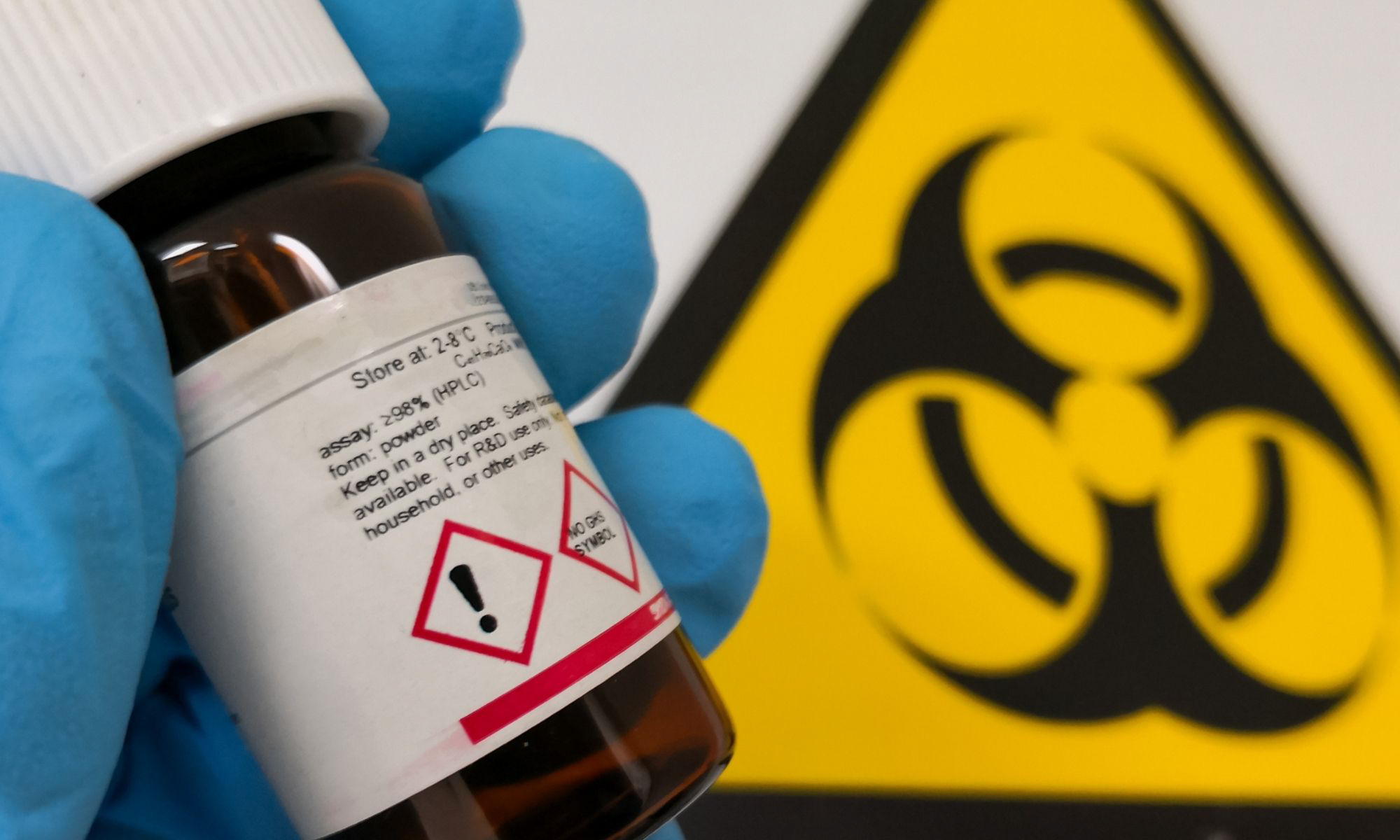

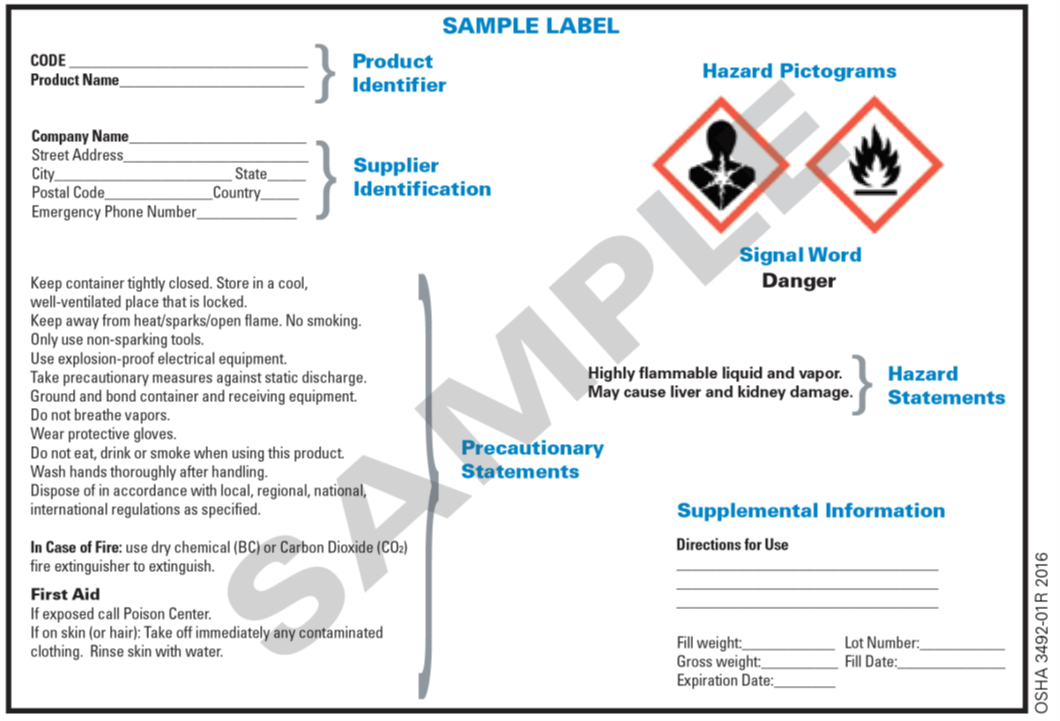

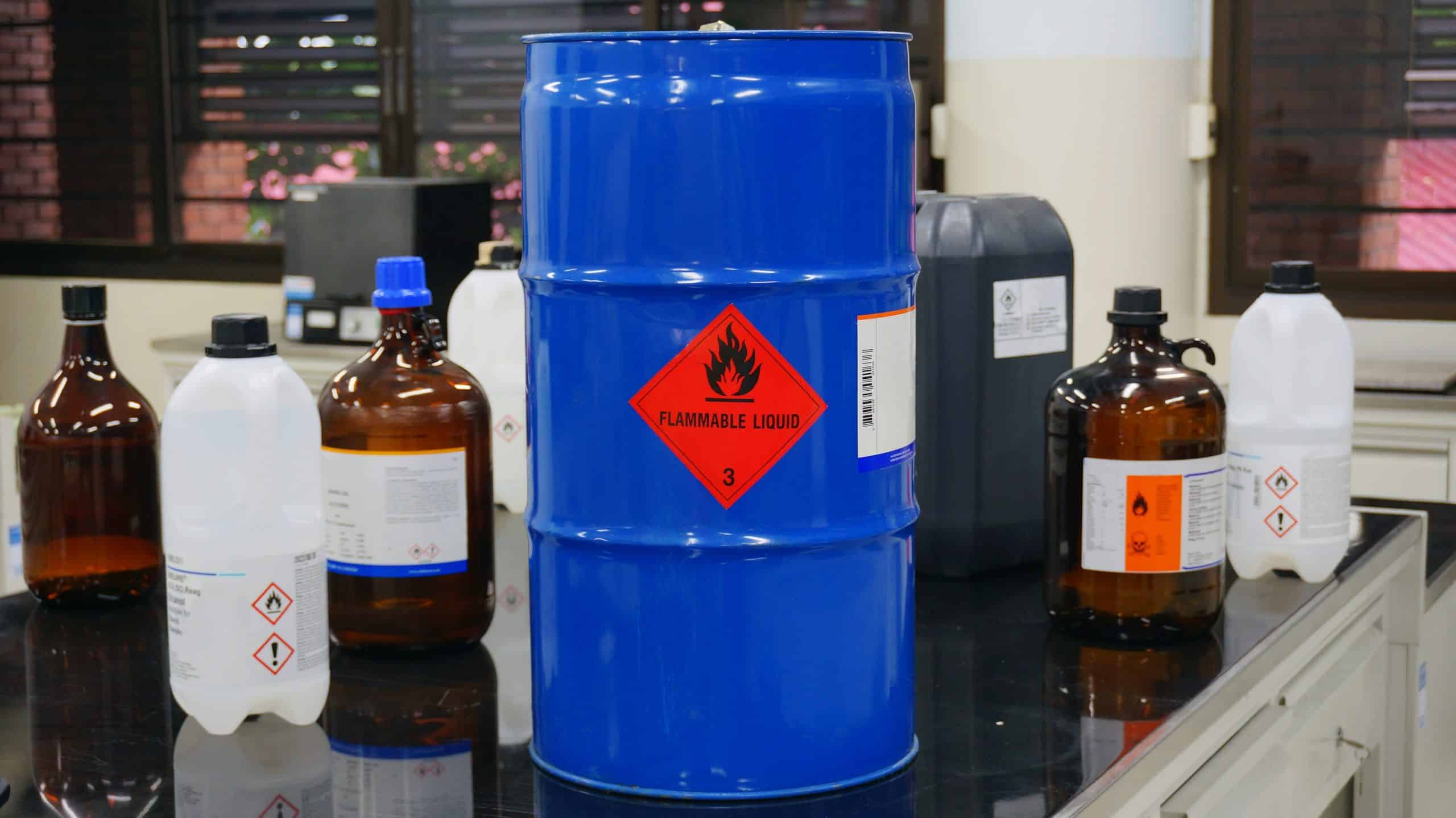

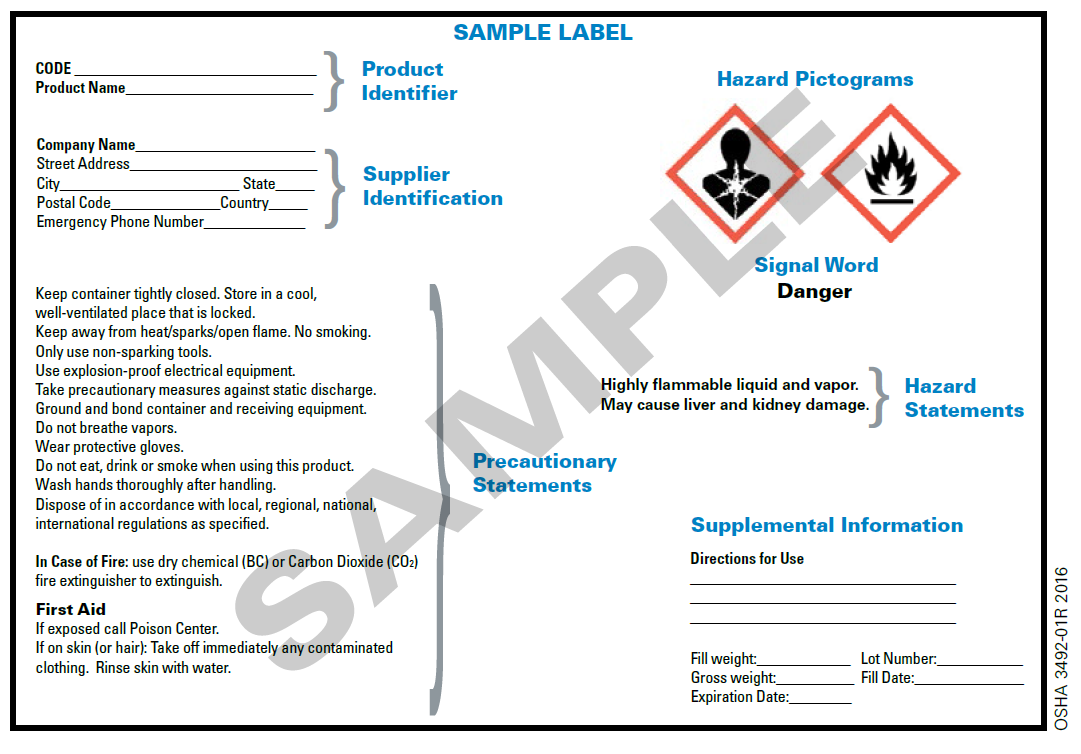



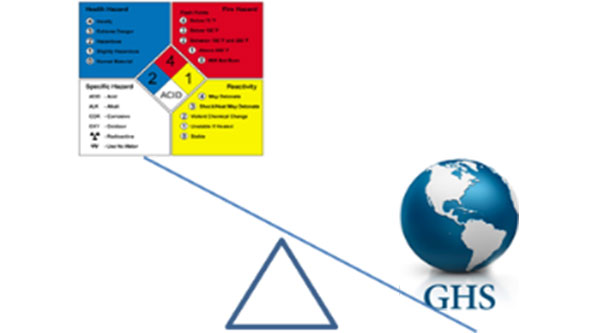
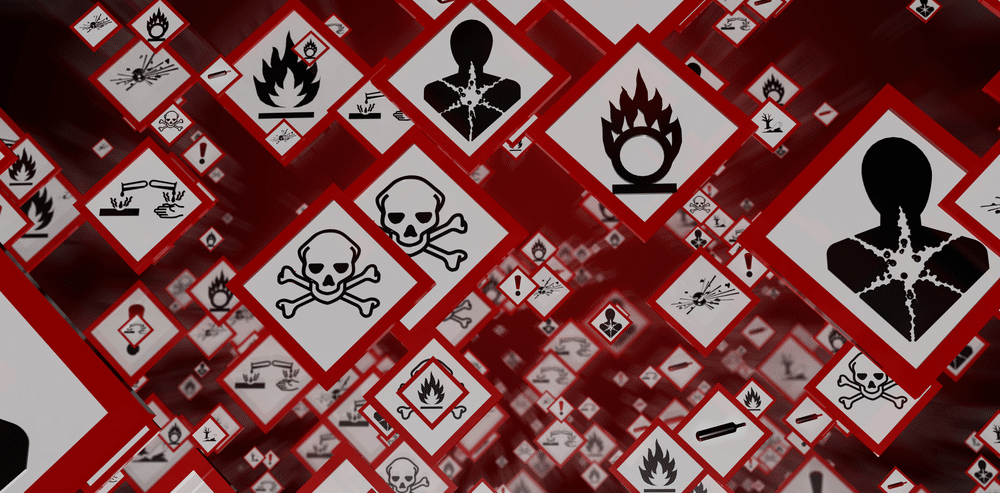



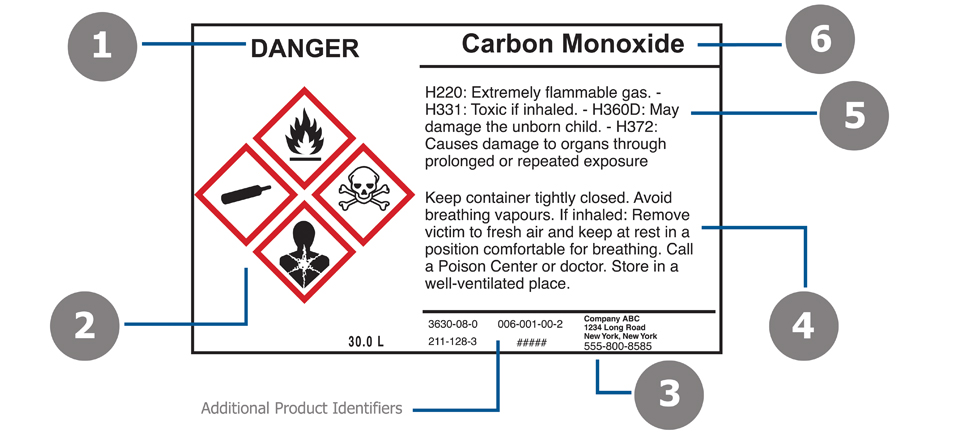
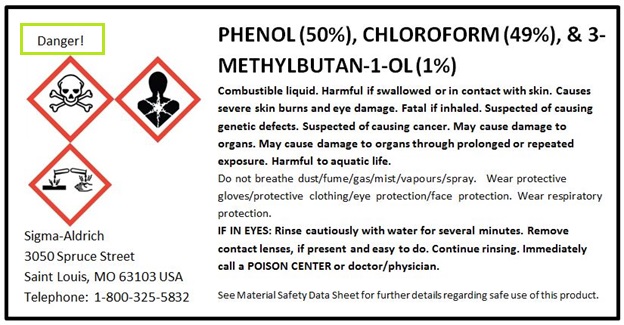
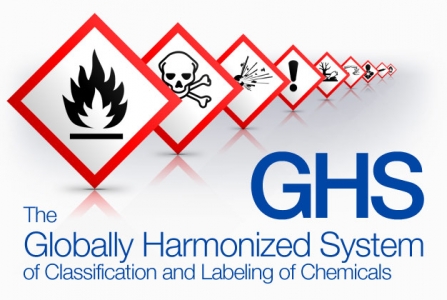



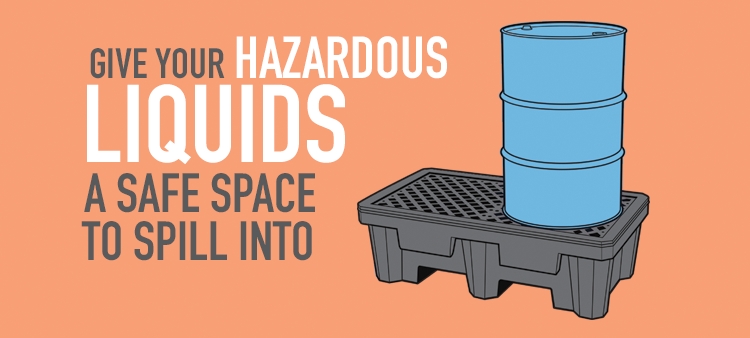
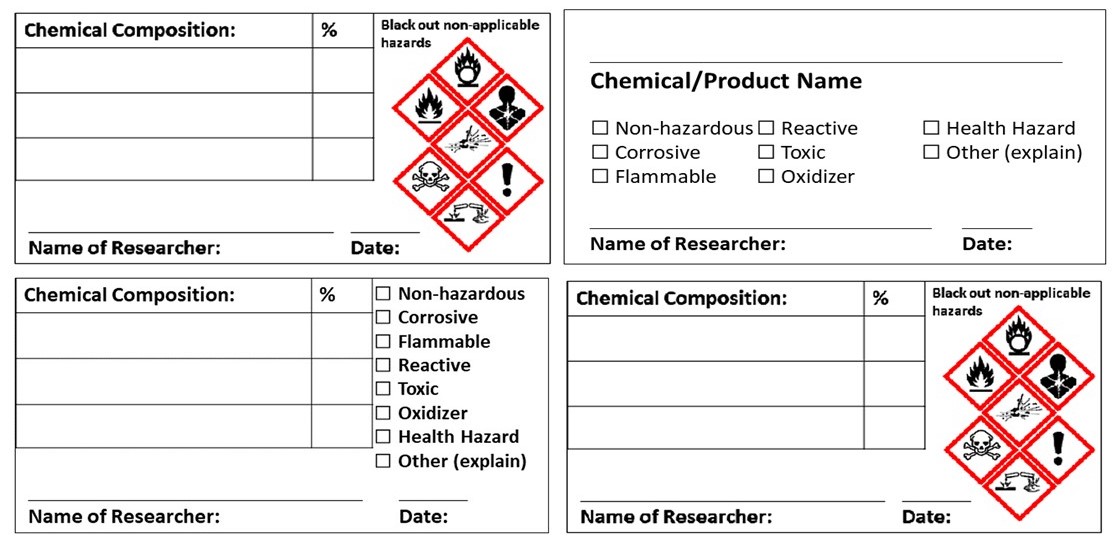



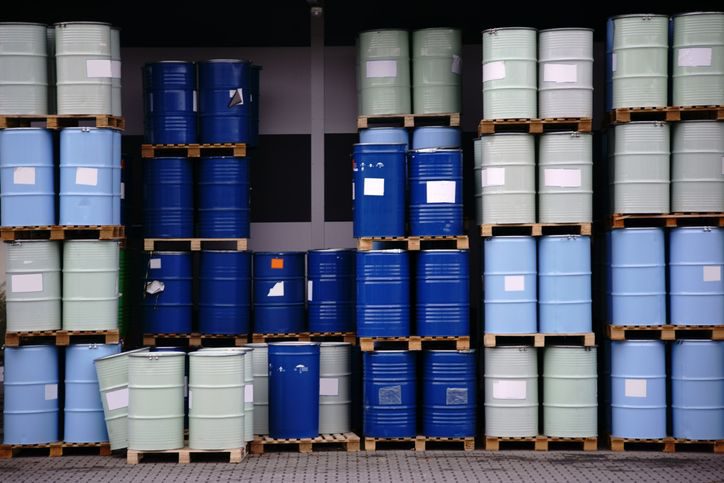



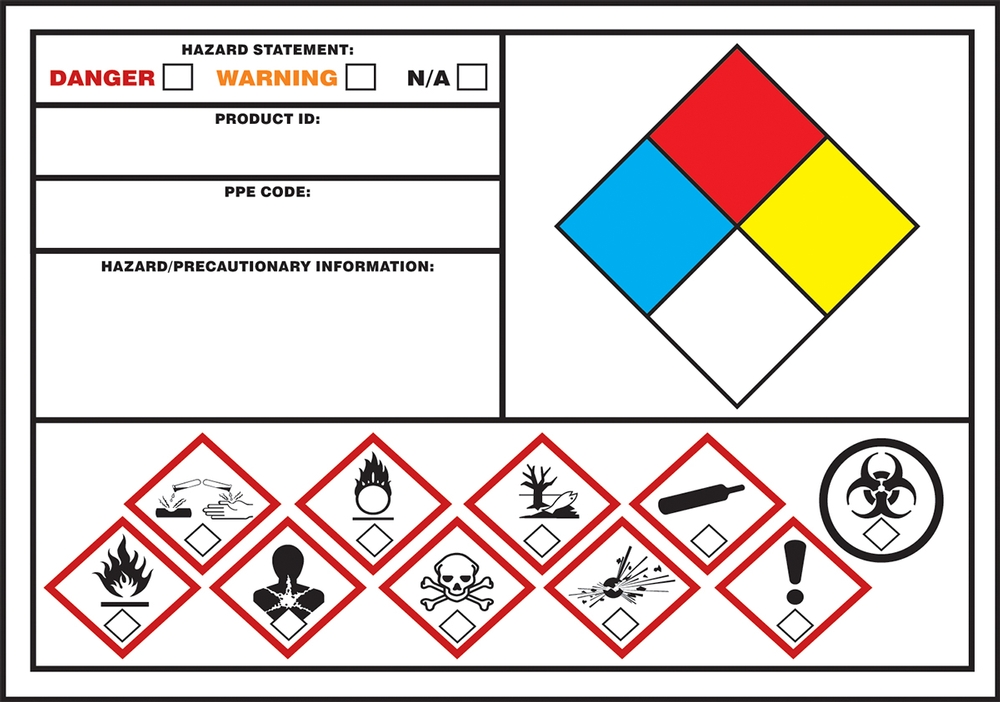
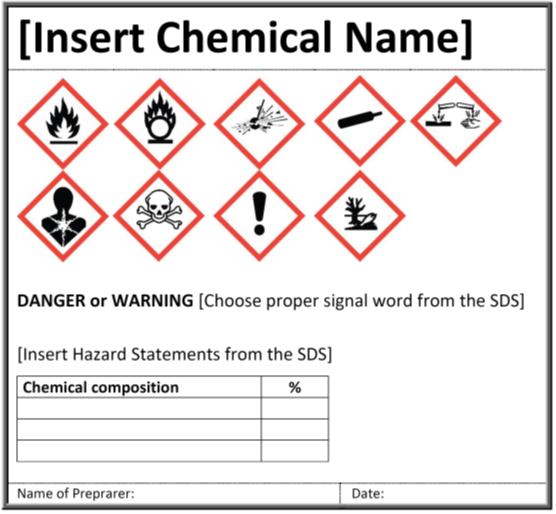
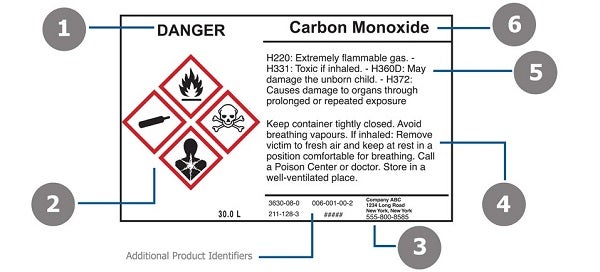
Post a Comment for "45 osha secondary container requirements"